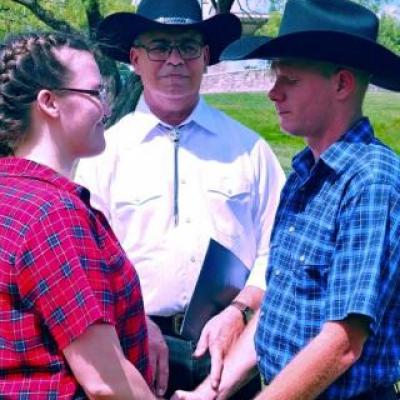


Triquetra (/traɪˈkwɛtrə/; Latin tri- "three" and quetrus "cornered") originally meant "triangle" and was used to refer to various three-cornered shapes. It has come to refer exclusively to a particular more complicated shape formed of three vesicae piscis, sometimes with an added circle in or around it. Also known as a "trinity knot," the design is used as a religious symbol adapted from Celtic or Gaelic by Christianity. It originally was a multidimensional symbol for the changing of the seasons / life, death, rebirth (autumn, winter, spring) / maiden, mother, and crone / land, sea, air / similar to Odin's symbol, the valknut.
The symbol has been used by Christians as a sign of the Trinity (Father, Son and Holy Spirit), especially since the Celtic Revival of the 19th century. When modern designers began to display the triquetra as a stand-alone design, it recalled the three-leafed shamrock which was similarly offered as a Trinity symbol by Saint Patrick[citation needed]. Some[who?] have also suggested that the triquetra has a similarity to the Christian Ιχθυς symbol. The triquetra has been used extensively on Christian sculpture, vestments, book arts and stained glass. It has been used on the title page and binding of some editions of the New King James Version[examples needed].
A very common representation of the symbol is with a circle that goes through the three interconnected loops of the Triquetra. The circle emphasizes the unity of the whole combination of the three elements. It is also said to symbolize God's love around the Holy Trinity.